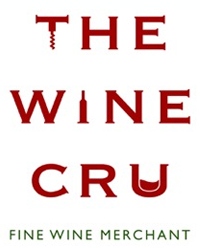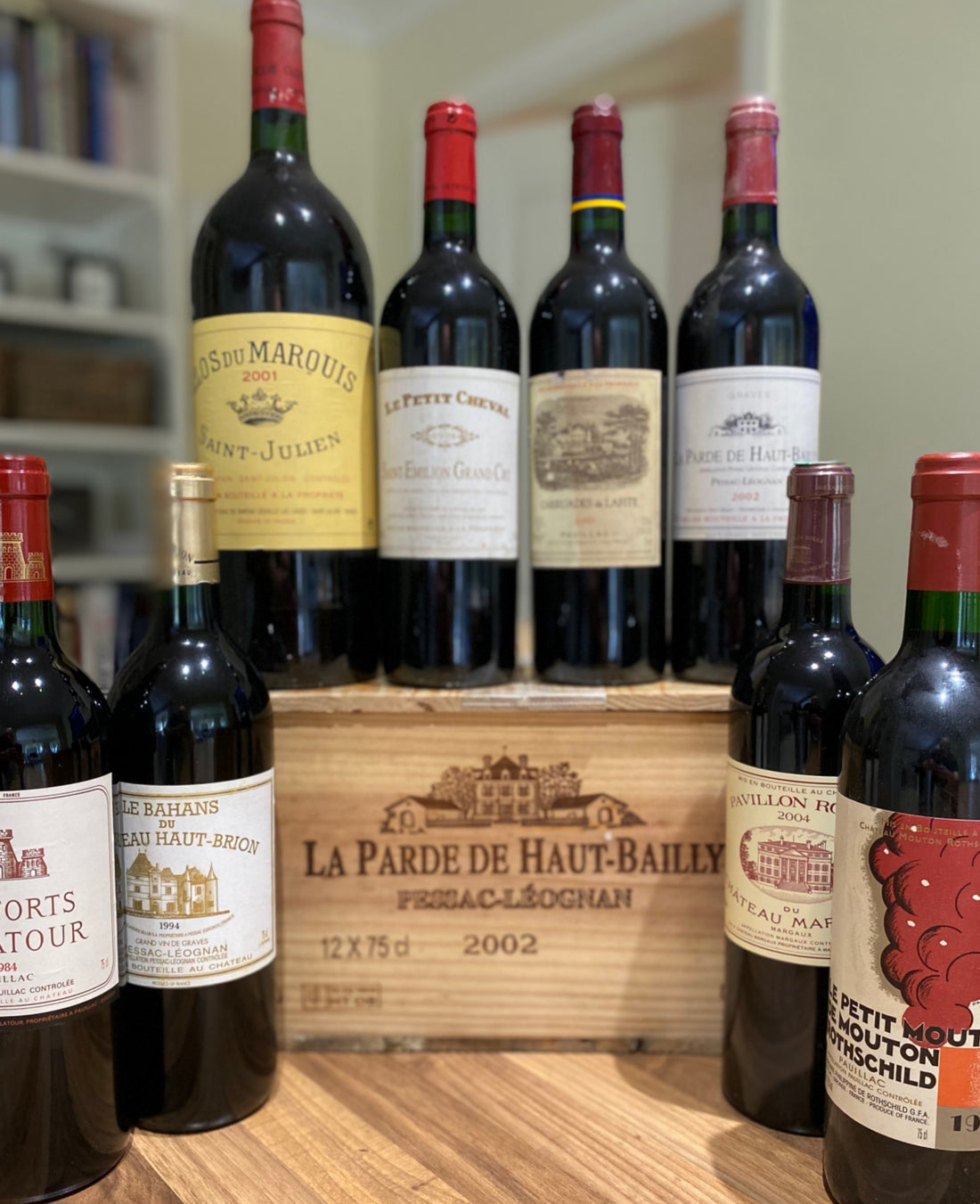Introduction
Second wines were originally conceived in Bordeaux in the 18th century, although not really known until the 20th Century and came to prominence in the 1980’s.
It is widely accepted that Chateau Lafite’s Carruades de Lafite is the first recorded second wine. My experience bears this out as I have bought and sold some Carruades from the 1950’s, but not come across any of the other Chateau’s second wines in pre 1970’s vintages.
Vintage Wines
Looking at the market place today the earliest Carruades available is 1902 with most vintages from 1950 onwards available. Compare this to say Les Forts De Latour where the oldest available is 1929 then none until 1966 and onwards.
Why?
The second wines are usually made from plots of younger vines and vats deemed not to be quite good enough for the grand vin. Partly to maintain the highest standards for the grand vin, but also to afford the wine drinker the opportunity to experience the style and craftsmanship of the particular Chateau at a more affordable level.
They tend to be approachable much sooner that the grand vin, but some are equally age worthy.
The practice is now widespread in Bordeaux right through the tiers including most cru bourgeois and minor chateau producing them.
Outside Bordeaux
Many of the top Californian wineries now produce second and even third wines, more about them later, but think Dominus, Napanook and Othello. These are considered Flagship, mid level and entry level wines of the Dominus estate.
The super Tuscans of Italy ofter have a three tier approach also.
I have seen some Argentinian and Chilean wineries producing a similar strategy.
They have never really become a thing in say Burgundy where the system of village wines, premier cru and grand cru negates the need.
In the Rhone Paul Jaboutlet Anie, now owned by Caroline Frey of Chateau La Lagune, produces Hermitage Le Petit Chapelle. It became known as Hermitage La Maison Bleue in 2014.
Looking in depth
If we look at Chateau Latour and Les Forts de Latour compare the websites description is thus:-
Les Forts de Latour takes its name from an historic plot in the Enclos. The wine was first given the name in 1966 ( the 1929 bottle is a negociant bottling labeled Des Forts Latour). Made from plots on the edge of the Enclos and plots that could be used in the grand vin, with an average age of 40 years old, depending on their quality at the time of blending. Plots located outside Enclos in the Grand Cru Classe area of Pauillac.
Produced with the same care as the grand vin both in the vineyard and winery, the blend varies from year to year but always has a higher proportion of Merlot, between 25 and 30%) compared to the grand vin.
Chateau Latour is made exclusively from vieilles vignes, an average of 60 years old. The heart of the Enclos is the only terroir that every year can produce the depth, elegance and concentration expected. It is here that the Cabernet Sauvignon, more than 90% of the blend, can achieve optimal expression in terms of colour, richness and freshness.
So as mentioned earlier, younger vines and plots not quite good enough for the grand vin.
Third Wines
A relatively new phenomenon from the end of the 20th century and becoming more popular at the beginning of the 21st century. Not all chateau produce a third wine and those that do certainly don’t call them third wines.
Looking again at Chateau Latour they produce Le Pauillac de Latour and describe it as a wine that has been made every year since 1989, and was developed primarily for the restaurant market. Made mainly from young vines, growing on the less prestigious terroirs and wines that don’t meet the criteria for Les Fortes de Latour. The blend consists of nearly 45% Merlot. It can be enjoyed after 4 or 5 years but will continue to improve for several more years.
When to buy
The easiest rule of thumb is to buy the second wines in the exceptional years when the quality is at its highest, although some estates have the reputation for producing great wines in lesser vintages, Latour being one and Leoville Barton is another.
They are certainly worth seeking out at all levels of wine hierarchy as they do offer value for money.


1 comment
Brilliant blog. Great advice. Cheers for putting this together.